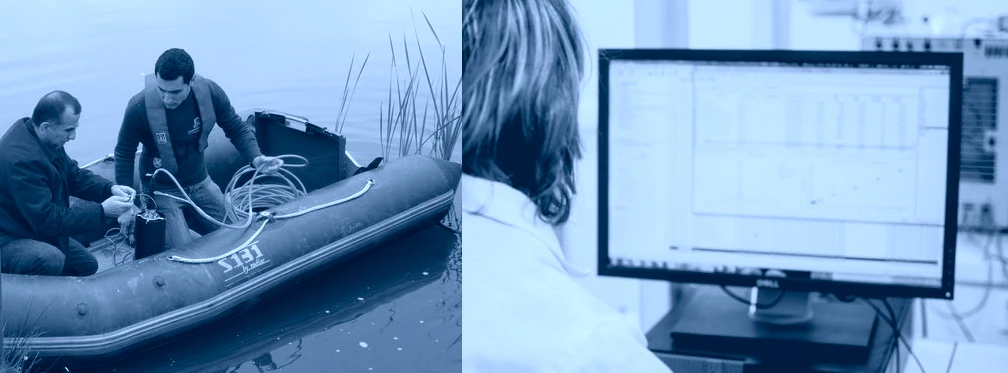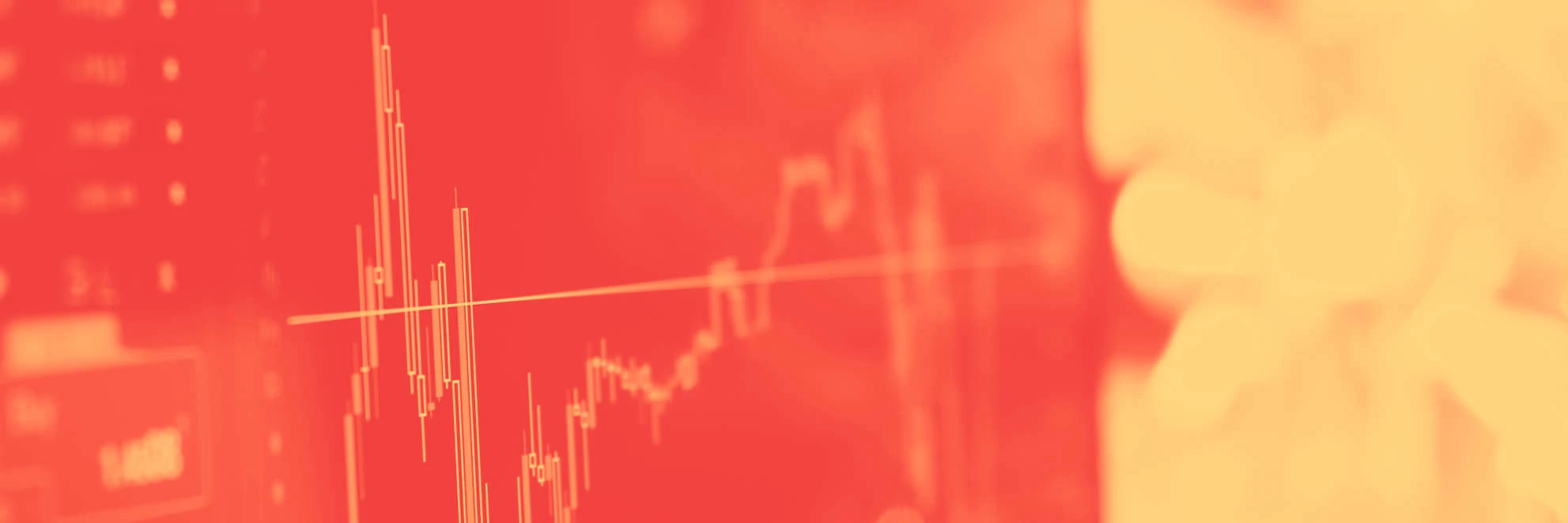- Recrutements
- Contacts
- Annuaires
- Choix du langage :
Dernières publications
934.
- titre
- Assessing water quality restoration measures in Lake Pampulha (Brazil) through remote sensing imagery
- auteur
- Alexandre Assunção, Talita Silva, Lino de Carvalho, Brigitte Vinçon-Leite
- article
- Environmental Science and Pollution Research, 2025, ⟨10.1007/s11356-025-35914-6⟩
- titre
- Do suspended particles matter for wastewater-based epidemiology?
- auteur
- Gauthier Bernier-Turpin, Régis Moilleron, Chloé Cenik, Fabrice Alliot, Sabrina Guérin-Rechdaoui, Thomas Thiebault
- article
- Water Research, In press, 280, pp.123543. ⟨10.1016/j.watres.2025.123543⟩
- titre
- Plastic debris dataset on the Seine riverbanks: up to 38 000 pre-production plastic pellets reported per square meter
- auteur
- Romain Tramoy, Laurent Colasse, Johnny Gasperi, Bruno Tassin
- article
- Data in Brief, 2025, pp.111735. ⟨10.1016/j.dib.2025.111735⟩
- titre
- La persistance des champs d’épandage d’eaux usées de l’agglomération parisienne au cours du second XXe siècle
- auteur
- Etienne Dufour
- article
- Métropolitiques, 2025, ⟨10.56698/metropolitiques.2174⟩
- titre
- Stock and vertical distribution of microplastics and tire and road wear particles into the soils of a high-traffic roadside biofiltration swale
- auteur
- Max Beaurepaire, Tiago de Oliveira, Johnny Gasperi, Romain Tramoy, Mohamed Saad, Bruno Tassin, Rachid Dris
- article
- Environmental Pollution, 2025, 373, pp.126092. ⟨10.1016/j.envpol.2025.126092⟩
Séminaire de Samuel Davoust le 29 mars 2013
publié le , mis à jour le
Le prochain séminaire du LEESU aura lieu le vendredi 29 mars 2013 à l’École des Ponts ParisTech (plan d’accès), à 15h00 en salle B005. Il sera constitué d’une intervention de Samuel Davoust (Avent Lidar Technology) dont le résumé est :
" The wind industry is striving to develop new technologies to improve the economic performance and reliability of wind turbines and wind farms. The Lidar (Light Detection and Ranging) technology is a promising tool to reduce uncertainties on annual energy production, reduce O&M costs and optimize power performance.
Introduced commercially by Leosphere in 2004, ground-based pulsed Lidars are remote wind measurement sensors which have now become a cost saving alternative to met. mast measurements. Lidar technology is now quite mature and wind energy industry standards are being revised to include such measurements. By measuring the complete vertical wind profiles and up to 10km in range, Lidars provide crucial additional information which further reduce uncertainties for wind resource assessment, power curve measurements, and even improve short term wind forecast.
Nacelle-mounted Lidars are now a new tool available to the wind energy market : Avent Lidar Technology, part of the Leosphere group, manufactures and sells the Wind Iris, a two beam Lidar which is mounted on the top of wind turbine nacelles. This technology measures the horizontal wind speed and direction at 10 distances from 40m to 400m upwind of the wind turbine. As a result, power performance analysis applications can now be extended in previously inaccessible areas and performed at a reduced cost, including offshore. Also, new power performance optimization applications are emerging, by accurately detecting and correcting sources for wind turbine under-performance.
Finally, Lidar allows to forecast very short-term wind fluctuation. In a later stage, retrofitting wind turbines with Lidar-assisted feed-forward control will bring adaptive solutions for under-performing wind farms in difficult sites, until a new generation of wind turbines integrating Lidar as a core component will emerge".
La présentation est disponible en cliquant ici (il faut être connecté à l’intranet pour que le lien fonctionne).

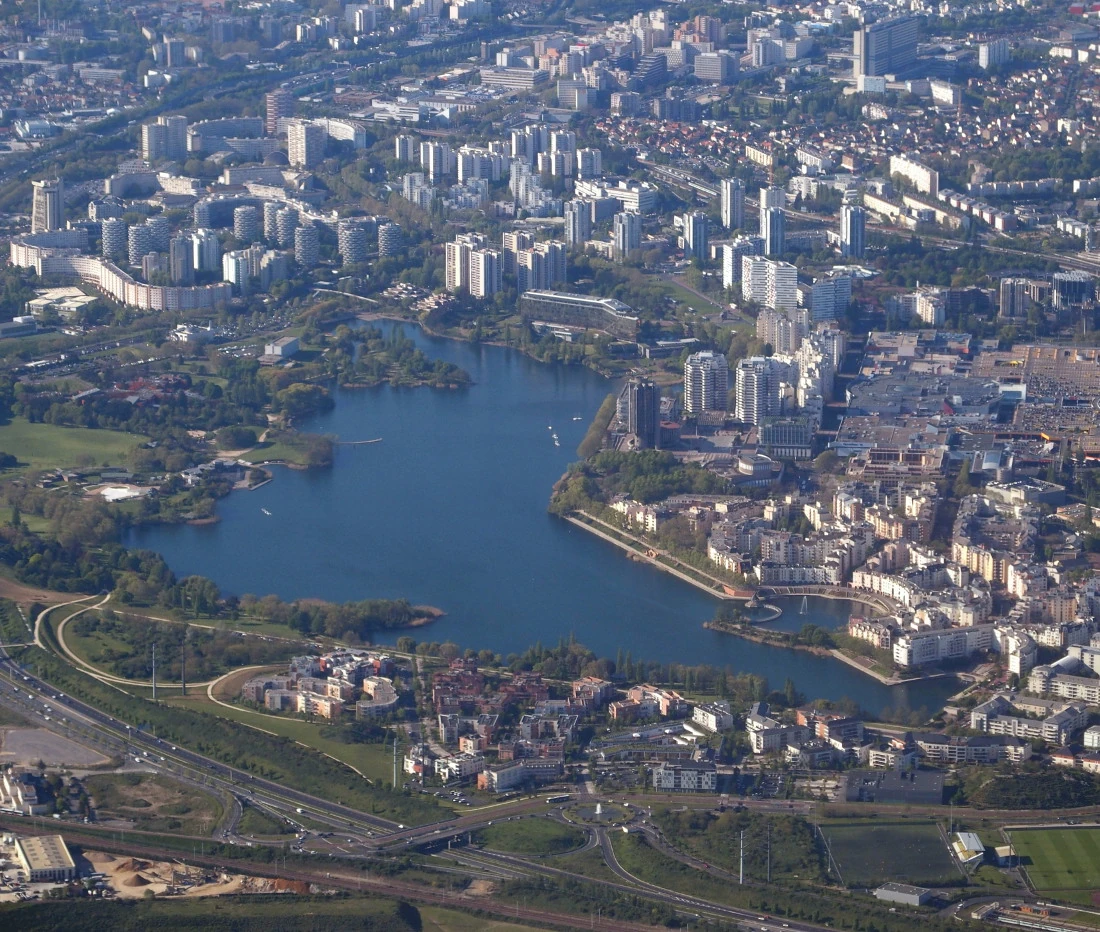



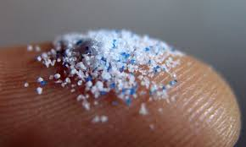
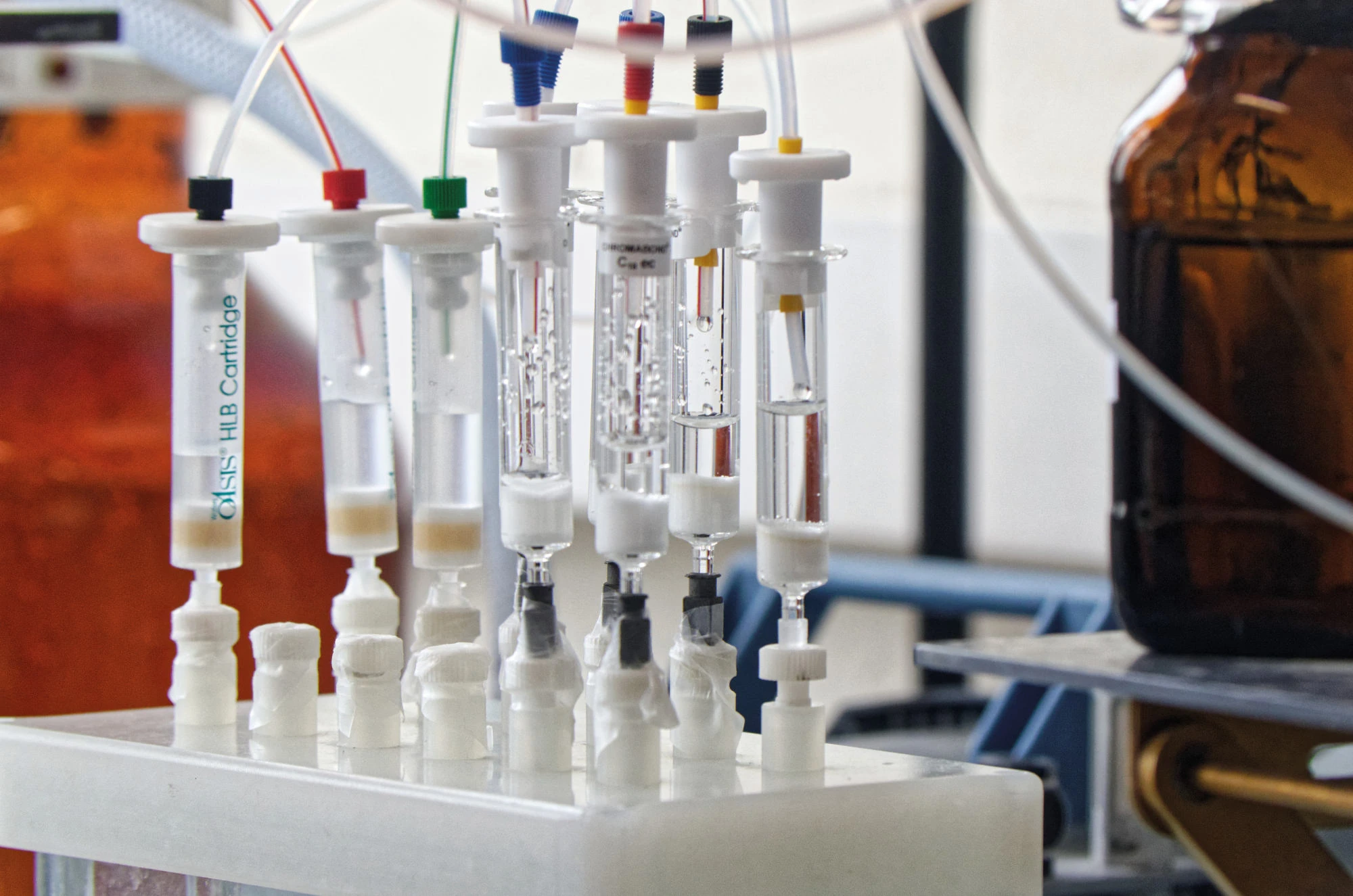
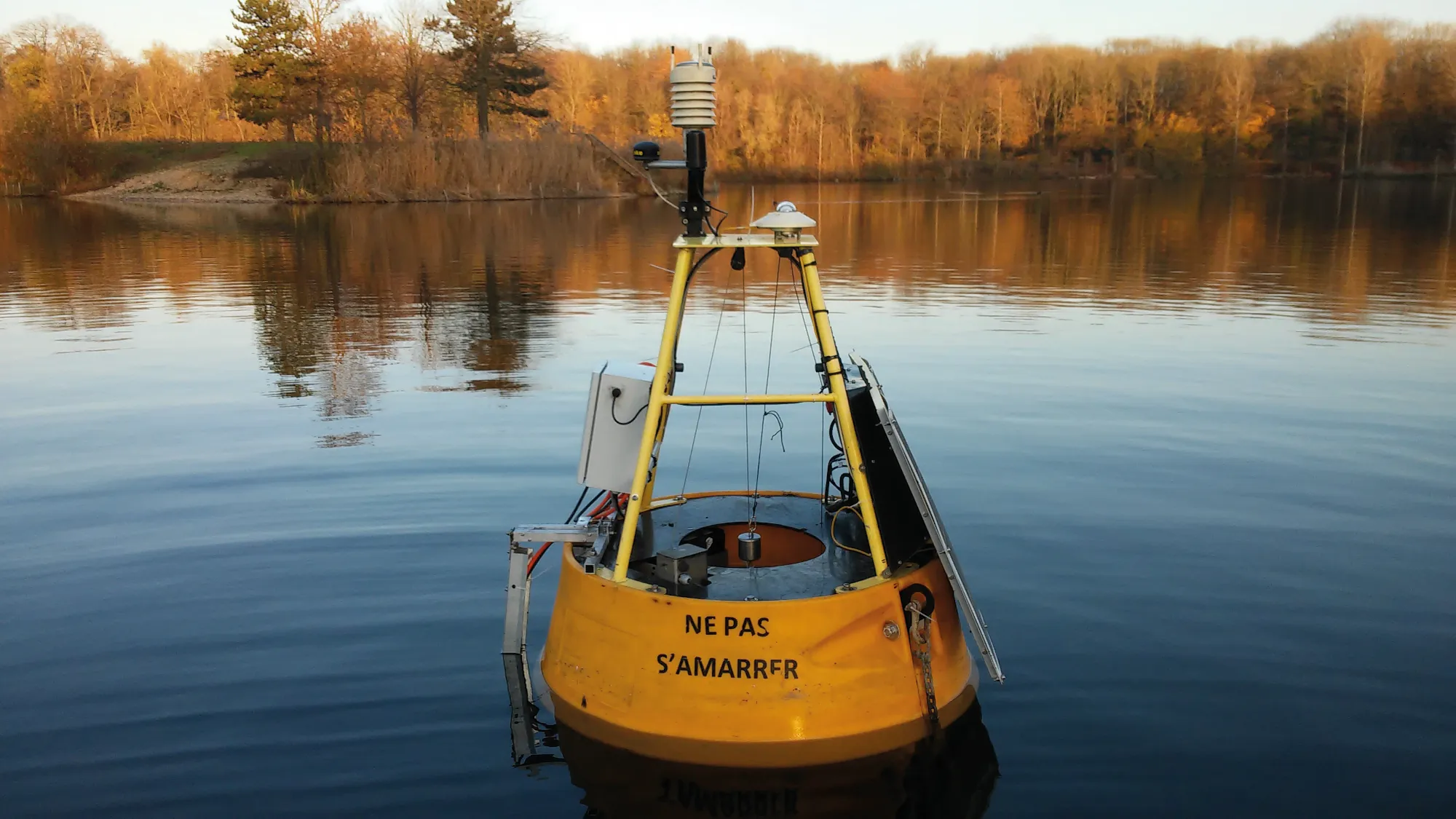
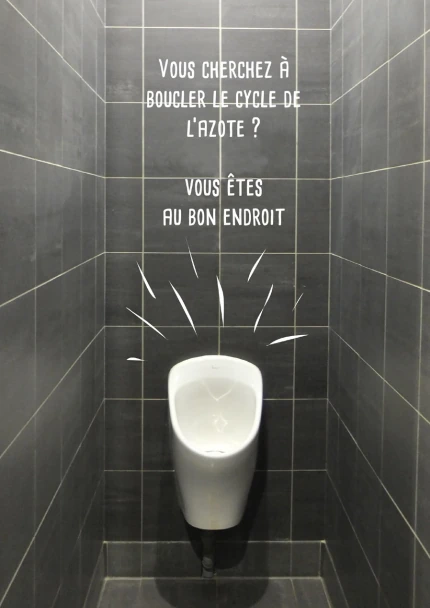
 Productions scientifiques
Productions scientifiques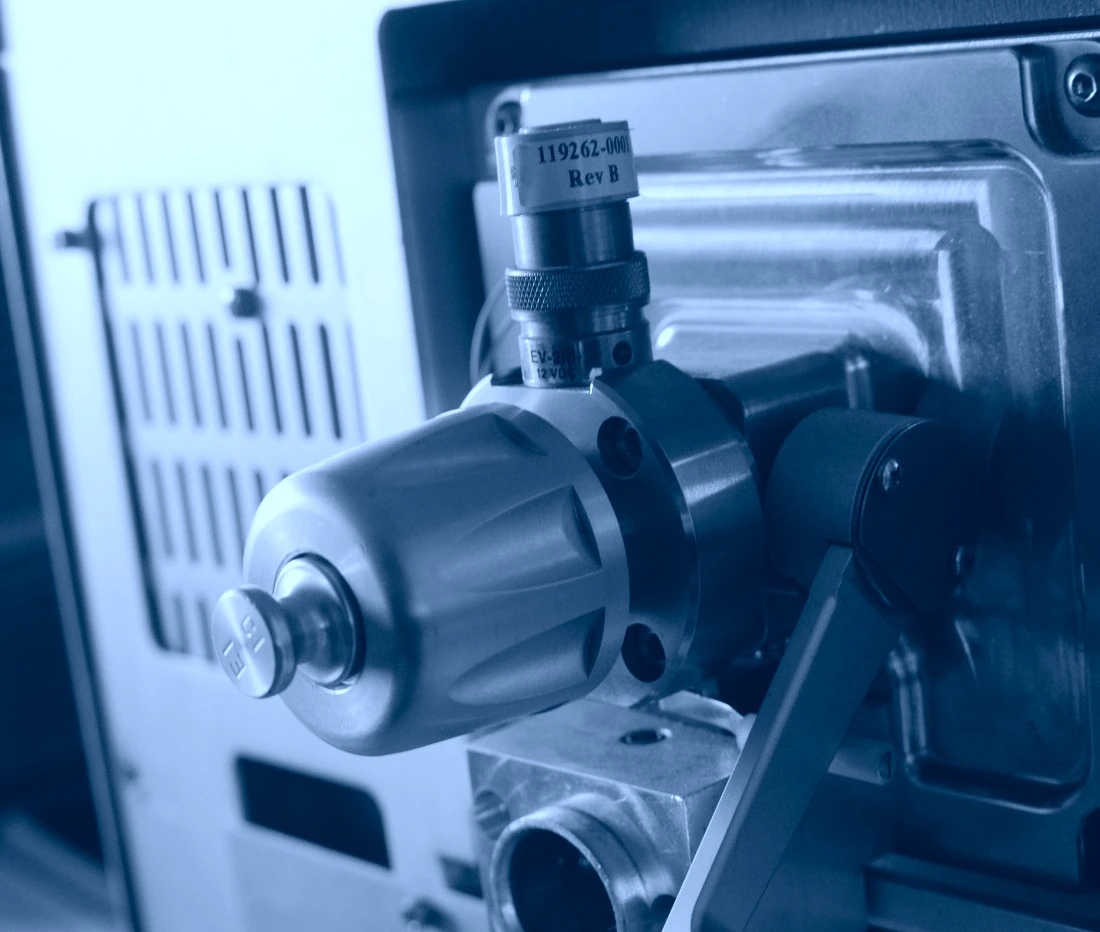 Moyens techniques et équipements
Moyens techniques et équipements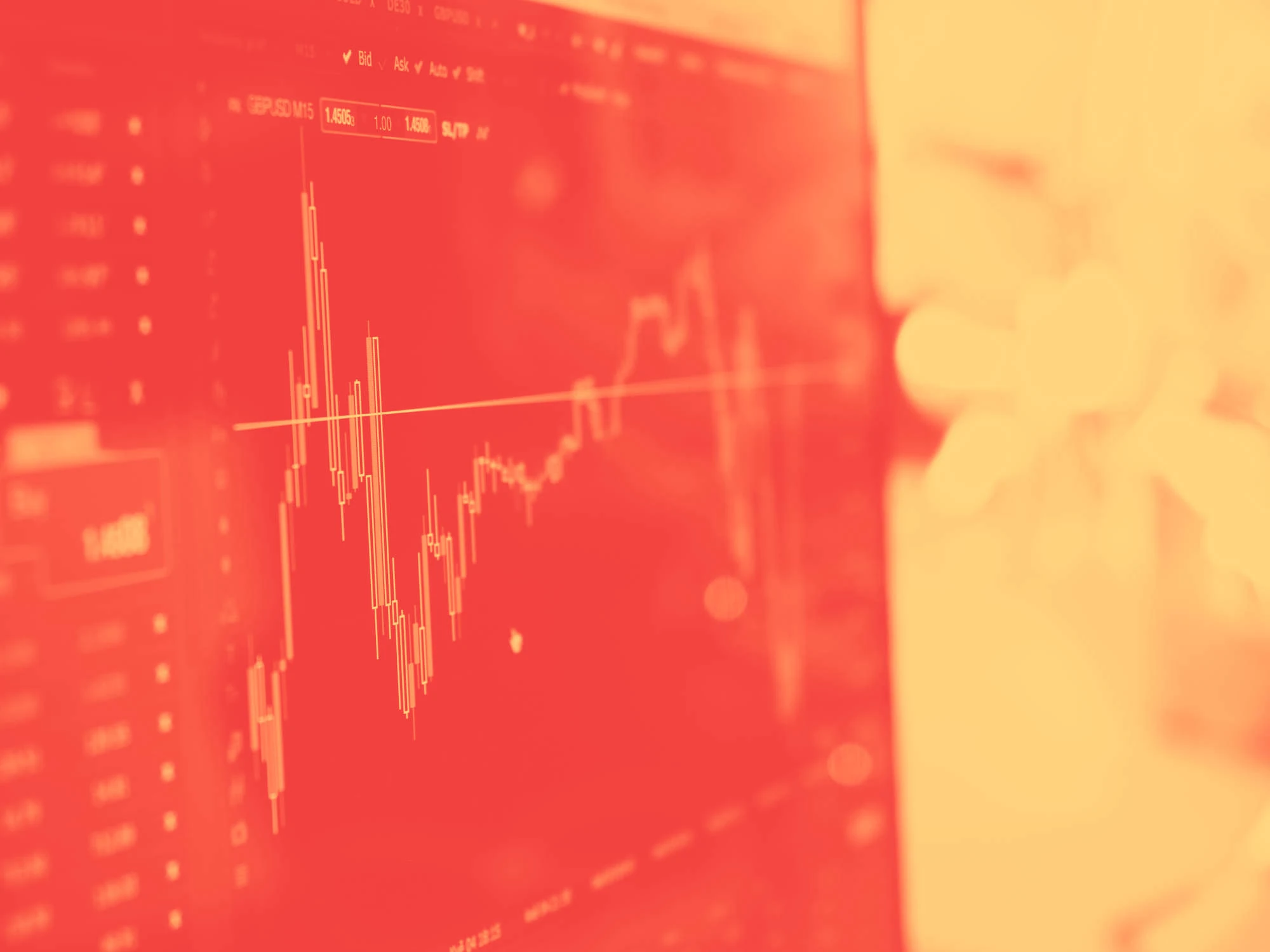 Expertise et disciplines
Expertise et disciplines
